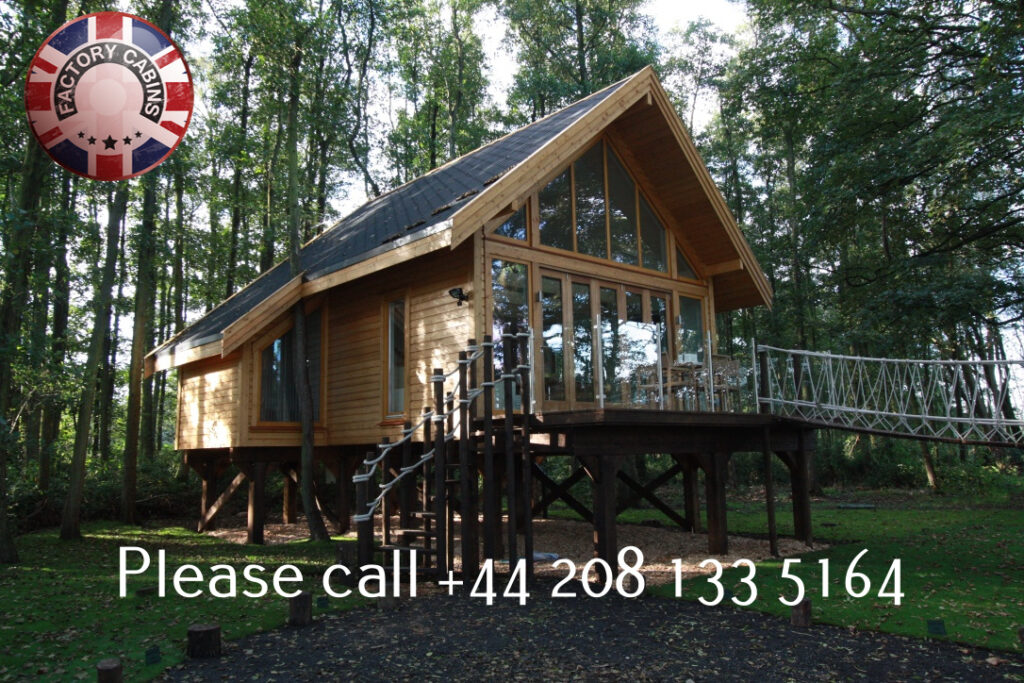
Tree Houses
In the realm of serene retreats, few accommodations match the allure of a well-crafted treehouse. Nestled amidst the branches, these elevated dwellings offer a unique blend of tranquility and adventure. Factory Cabins, takes pride in crafting treehouse experiences that transcend the ordinary, offering guests a haven where they can connect with nature and indulge in unparalleled relaxation.
Embracing Nature’s Embrace: The Essence of Treehouse Living
Treehouses have long captured the imagination, evoking childhood memories and fantasies of secret hideaways. Yet, beyond nostalgia, they offer a tangible connection to nature. Elevated above the ground, these abodes provide a vantage point for observing wildlife, listening to the rustle of leaves, and breathing in the fresh forest air.
Designing with Sustainability in Mind
Our commitment to environmental stewardship informs every aspect of our treehouse design. Utilising sustainable materials and eco-friendly practices, we ensure that our structures harmonise with their natural surroundings. From responsibly sourced timber to low-impact construction techniques, sustainability is woven into the fabric of our ethos.
Crafting Elevated Comfort: The Art of Treehouse Architecture
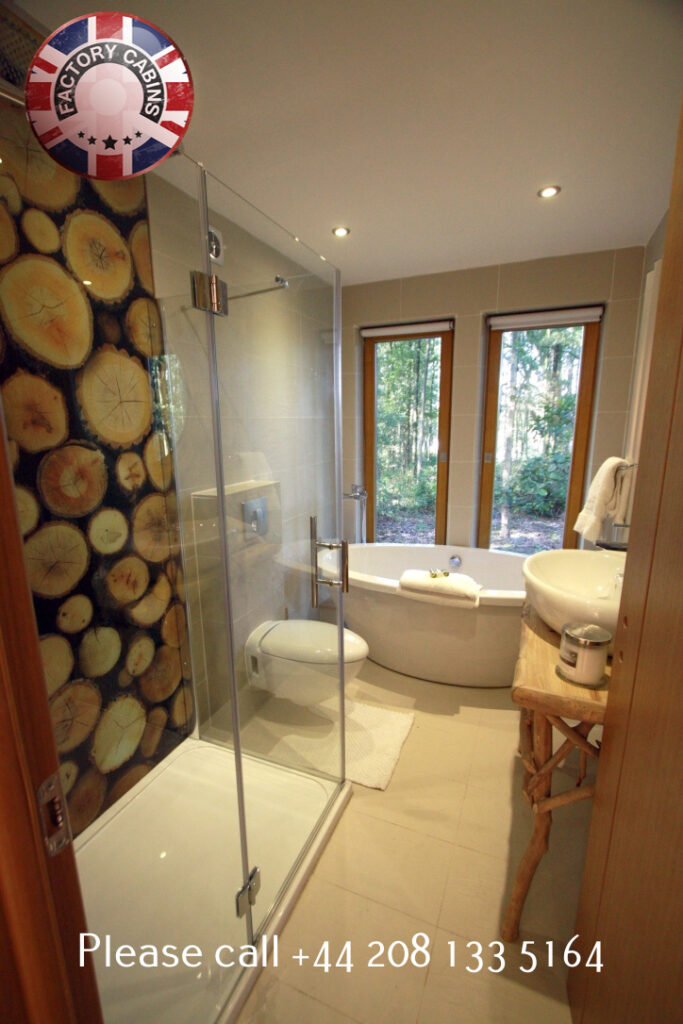
While the allure of a treehouse lies in its rustic charm, comfort is paramount. Our architects meticulously design each dwelling to balance the rustic appeal of the outdoors with the modern amenities of luxury accommodations. From plush bedding to spacious living areas, every detail is curated to elevate your stay amidst the treetops.
Seamless Integration of Modern Amenities
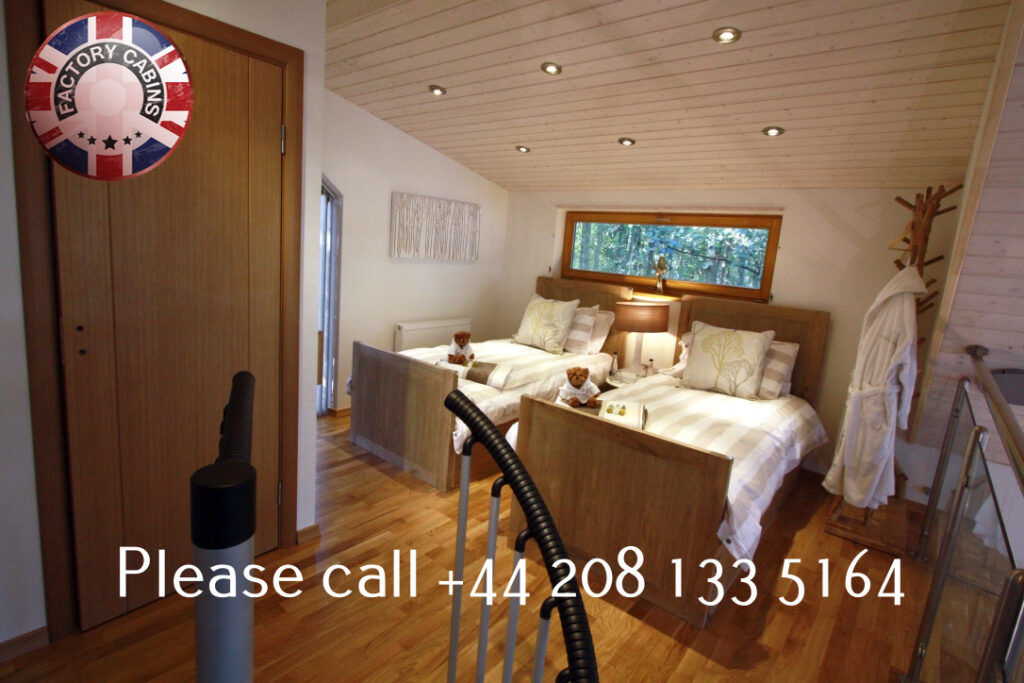
Gone are the days of roughing it in the wilderness. Our treehouses boast modern conveniences such as electricity, heating, and running water, ensuring a comfortable and hassle-free stay. Whether you’re seeking a romantic getaway or a family retreat, our accommodations cater to your every need.
Unlocking Adventure: Activities Amidst the Canopy
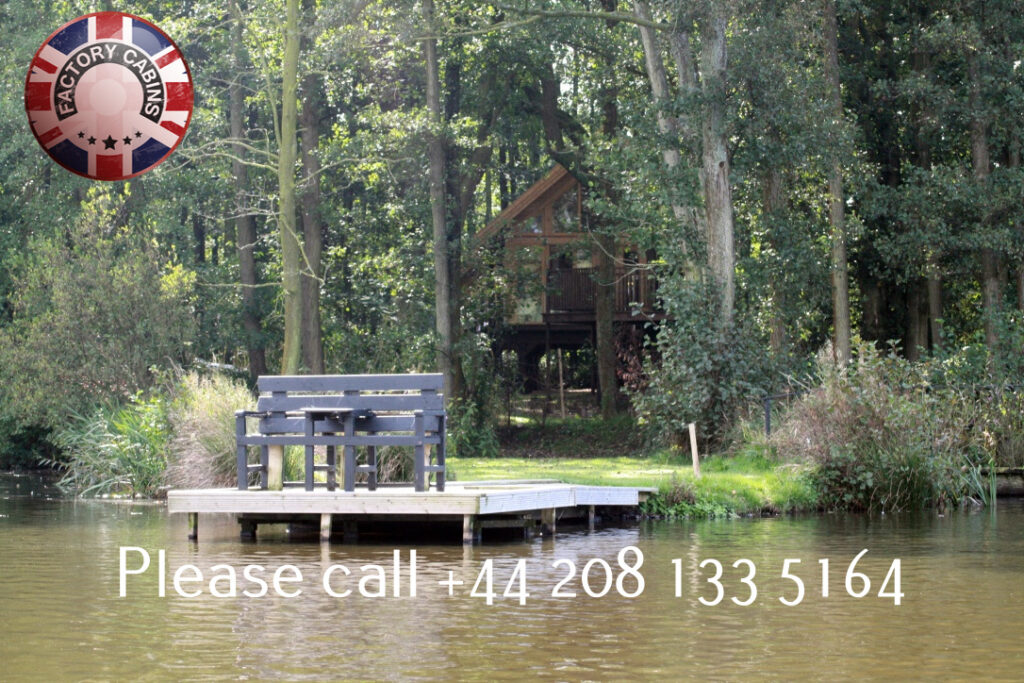
While relaxation is a cornerstone of the treehouse experience, adventure awaits just beyond your doorstep. Explore winding nature trails, embark on canopy tours, or simply unwind with a book amidst the swaying branches. Whatever your inclination, our treehouse retreat offers a myriad of activities to suit every taste.
Connecting with Nature
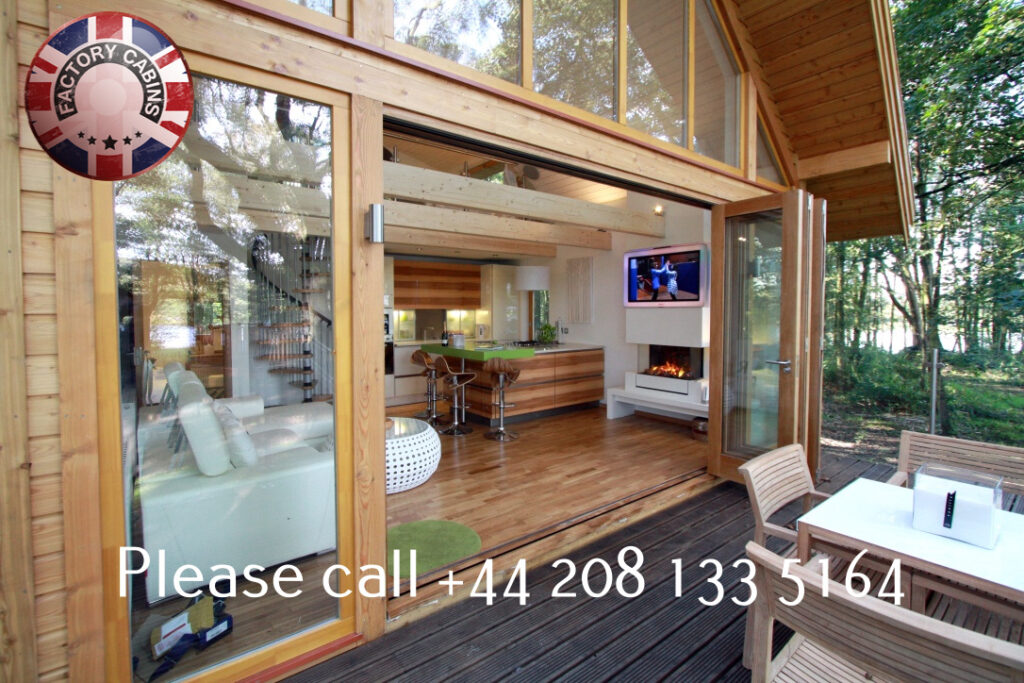
Immerse yourself in the sights and sounds of the forest as you hike through ancient woodlands or paddle along tranquil rivers. Our treehouse location serves as a gateway to natural wonders, inviting guests to reconnect with the wilderness and forge memories that last a lifetime.
Elevate Your Retreat with Factory Cabins Treehouse

In a world filled with distractions, finding moments of tranquility amidst nature is a rare gift. A Factory Cabins Treehouse, we invite you to rediscover the art of relaxation and embark on a journey of exploration amidst the canopy. Whether you seek adventure or seek solace, our treehouse retreat offers an oasis where dreams take flight amidst the branches. Book your stay today and experience the magic of elevated living amidst nature’s embrace.
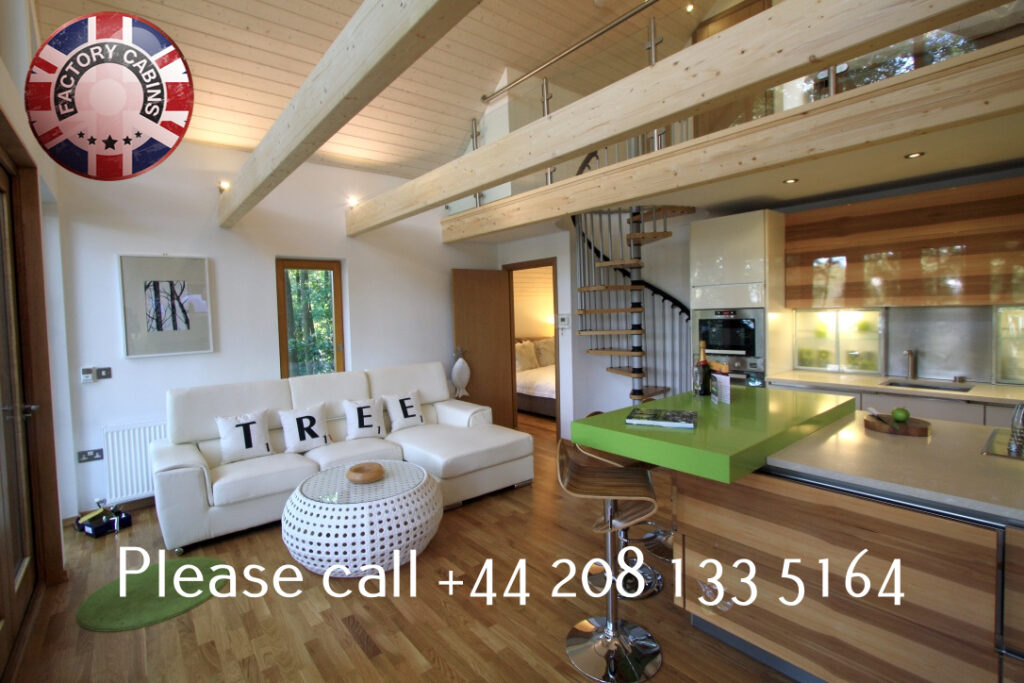
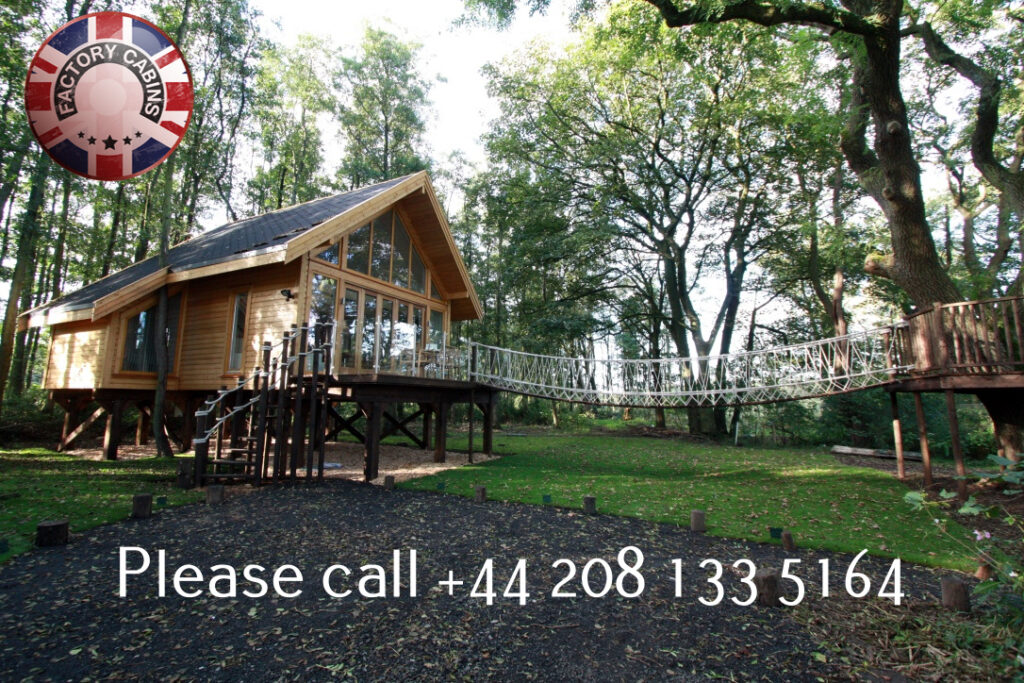
Ten Reasons why Living in a Tree House is Great
1. Natural insulation: The timber frame of a tree house provides excellent natural insulation, keeping the interior temperature consistent and comfortable year-round.
2. Sustainable living: By using wood as the primary material for construction, living in a timber-framed tree house promotes sustainable living and reduces your carbon footprint.
3. Beautiful design: Timber-framed tree houses have a unique and beautiful design that blends seamlessly with the surrounding nature. They can be custom-built to fit the aesthetic of any specific location.
4. Close proximity to nature: Tree houses offer a closer connection to nature. Living among the trees, you can enjoy the sights, sounds, and smells of the outdoors every day.
5. Privacy: Because most tree houses are elevated above ground level, they offer a level of privacy that traditional homes cannot. This makes them an ideal escape from the hustle and bustle of daily life.
6. Adventure and excitement: Living in a tree house provides a sense of adventure and excitement, especially for children. It can also be a great place for entertaining guests and hosting unique events.
7. Low maintenance: Timber-framed tree houses require minimal maintenance, as wood is a durable and long-lasting material. This allows for a more relaxed lifestyle and less time spent on upkeep.
8. Energy efficiency: The high insulation of a timber-framed tree house means less energy is needed to heat and cool the space, leading to lower utility bills and a reduced impact on the environment.
9. Increased property value: A well-built, high-quality timber-framed tree house can add value to your property, making it a wise investment for the future.
10. Peace and tranquility: Living in a tree house can provide a sense of peace and tranquility, away from the busy and noisy world below. It can be a peaceful retreat to relax and recharge in the midst of nature.